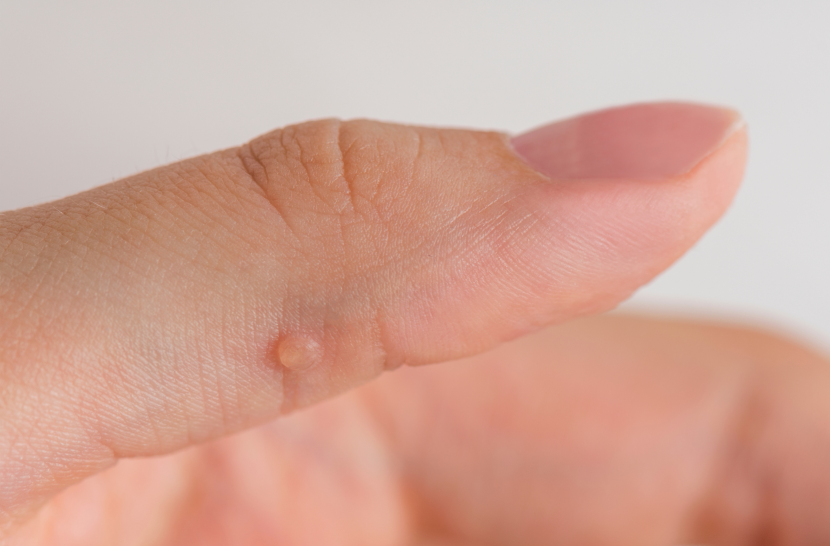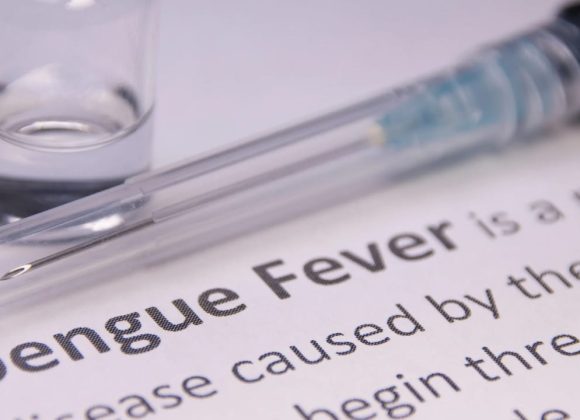Warts are small, grainy skin growths that can appear on different parts of the body, but are especially common on the hands and feet. While they’re typically harmless, they can be annoying, painful, and sometimes embarrassing. The good news? Warts are treatable, and many cases resolve on their own.
In this blog, we’ll explore the causes, types, and most effective treatments—both medical and natural—for warts on the hands and feet.
What Causes Warts?
The human papillomavirus (HPV) causes warts by entering the skin through small cuts or cracks. Once inside, the virus triggers rapid skin cell growth, which forms a wart. Warts spread easily through direct skin contact or by touching contaminated surfaces. Children, teens, and people with weakened immune systems are more likely to get them. Public showers, swimming pools, nail biting, and skin picking often contribute to their spread.
Types of Warts on Hands and Feet
1. Common Warts (Verruca Vulgaris)

It’s also known as verruca vulgaris, and is typically found on the hands and fingers. They are rough, raised, and dome-shaped in appearance, often developing near the fingernails or in areas that experience frequent contact or friction.
2. Plantar Warts

Plantar warts develop on the soles of the feet and are often flattened due to the pressure from walking or standing. They may have small black dots, which are clotted blood vessels, and can be painful, particularly when pressure is applied during walking.
Natural & Home Remedies for Warts
Several natural remedies are commonly used to treat this at home. While results vary, they are generally safe and may gradually reduce wart size over weeks or months.
1. Banana Peel

The inside of a banana peel contains enzymes and natural compounds that are believed to break down the wart tissue over time. To use, simply cut a small piece of peel and tape it over the wart with the inner side facing the skin. Leave it on overnight and repeat daily until improvement is seen.
2. Tea Tree Oil

Known for its powerful antiviral and antimicrobial properties, tea tree oil may help in reducing warts. Apply 1–2 drops of diluted tea tree oil directly to the wart once or twice a day. Covering the area with a clean bandage can enhance absorption. Consistent use may gradually dry out and shrink the wart.
3. Garlic Paste

Garlic contains a bioactive compound called allicin, which exhibits strong antiviral effects. Crush a clove of garlic and apply the paste directly onto the wart. Leave it on for 20–30 minutes before rinsing off. This process can be repeated daily. Garlic may cause a mild burning sensation, so discontinue if irritation occurs.
4. Apple Cider Vinegar

Its acetic acid content is thought to break down the wart tissue layer by layer. Soak a cotton ball in apple cider vinegar and place it on the wart. Secure it with a bandage and leave it on overnight. With continued application, the wart may soften, darken, and eventually fall off.
Note: Natural remedies may take weeks to months and aren’t guaranteed. Stop use if irritation occurs.
When to See a Doctor
You should consult a dermatologist if:
- The wart is painful or bleeding
- It changes shape or color
- It spreads rapidly
- You have diabetes or a weakened immune system
Final Thoughts
Warts on the hands and feet are common and usually treatable. While some may go away on their own, others might need medical or natural treatment. To prevent spreading warts and support faster healing, it’s important to maintain good hygiene—avoid touching or picking at warts, keep your hands and feet clean and dry, wear flip-flops in communal showers or pools, avoid sharing personal items like towels, socks, or razors, and cover warts with waterproof bandages when swimming.




